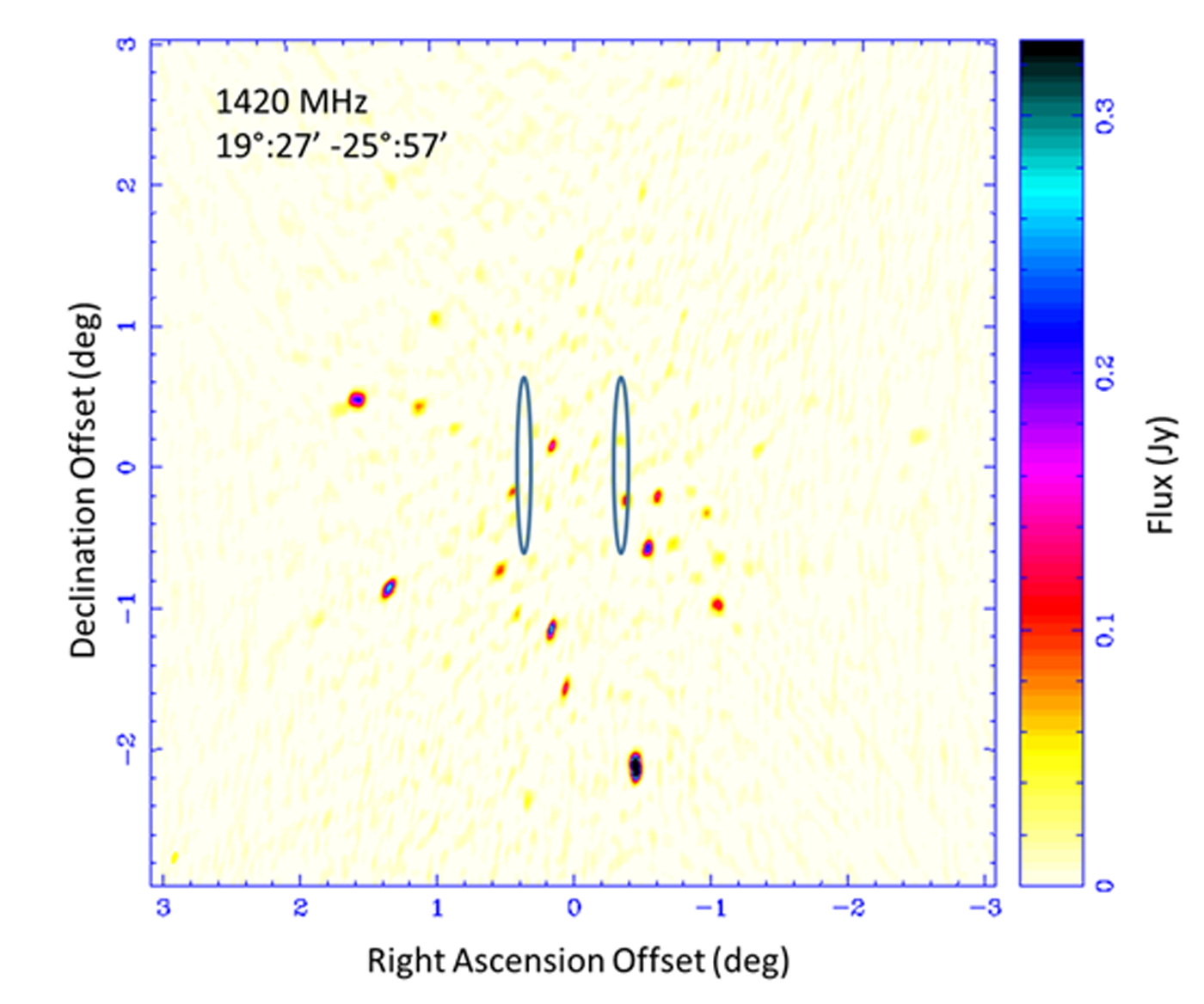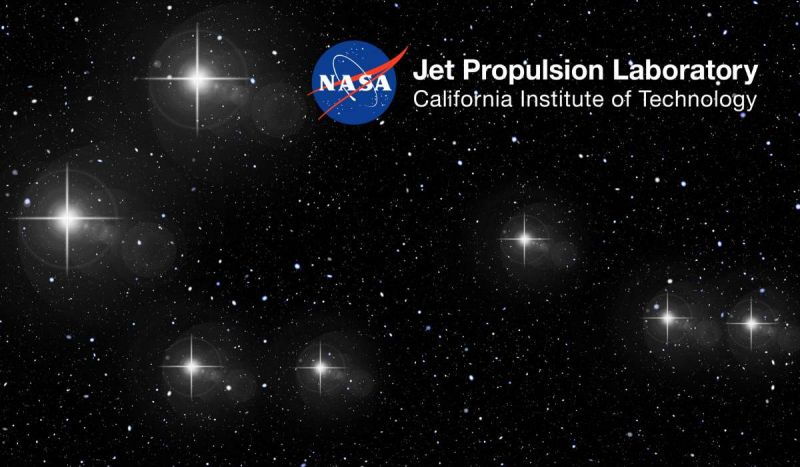The enigmatic signal was recorded 40 years ago.

It was late in the evening of Monday, August 15, 1977. The Ohio State Radio Telescope, a massive metal assemblage hunched across three acres of grassy farmland, was deep into its daily routine: observing the overhead skies in search of narrow-band signals.
But this day would not be like all the others in a SETI effort that would last 22 years. A signal, a strong signal, was detected – although no one would notice until the following morning. That’s when astronomer volunteer Jerry Ehman sat down to peruse the previous day’s observations. He was checking a simple, line printer representation of the data in which each line displayed the radio energy for 50 different frequency channels. Each was averaged over 10 seconds of time. In order to get precision in gauging the signal strength, the energy in each channel was binned into one of 31 steps, 0-9 and A-U, with a U representing a signal 30 times as strong as a 1.
Unlike previous mornings, Ehman spotted a very conspicuous signal that lasted just over a minute – one that was so impressive he wrote WOW! on the printout next to it in red ink. The signal rose and fell as one would expect from a cosmic source fixed on the sky – moving into and out of the telescope beam as the Earth rotated. The printout characters were 6EQUJ5, which of course have no meaning other than as encoded channel energies.
What was the WOW signal? Was it really a ping from an extraterrestrial society, a natural signal source, or simply terrestrial interference?
The answer is still unknown, largely because the signal has not been seen a second time. But despite the fact that in the 70s and 80s other strange, seen-only-once signals were logged by SETI experiments, the WOW signal remains the best known.
A recent paper by researchers in Florida suggested that natural emissions from comets might have accounted for this famous detection, although that seems very unlikely .
Robert Dixon, who was the director of the Ohio State Radio Observatory at the time of the WOW signal’s detection, says that the famous signal could very well be worthy of its celebrity status.
“The fact that the [signal] followed the telescope’s beam shape indicated it was at least as far away as the moon, and made it very unlikely to be any interfering signal,” notes Dixon. “Then it turned off when we observed that direction again immediately afterwards, indicating it was of intelligent origin, and not some natural phenomenon.”
“Efforts to re-observe it afterwards with other telescopes have been unsuccessful, so this will likely remain a perpetual mystery.”
Robert Gray, an accomplished data analyst, author and astronomer from Chicago, has joined with the SETI Institute to use the Allen Telescope Array to collect 100 hours of new data from the direction of the WOW signal, in the hope of seeing it a second time. These observations are still in progress.
But they have the potential to end the mystery, and tell us that, forty years ago, someone was trying to get in touch.





